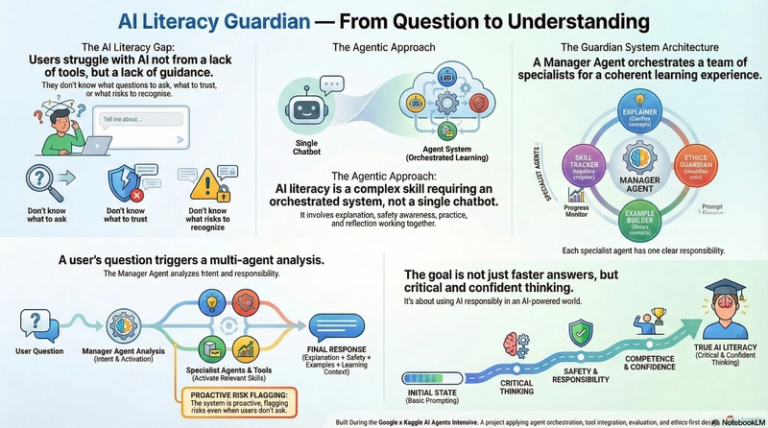MCP vs API: Simplifying AI Agent Integration with External Data
The Future of AI Integration: Unlocking the Power of Model Context Protocol (MCP)
As large language models continue to advance, their ability to interact with external data sources and services has become increasingly crucial. Until recently, Application Programming Interfaces (APIs) were the primary means of facilitating this interaction. However, in late 2024, Anthropic introduced a game-changing open standard protocol called Model Context Protocol (MCP), which is revolutionizing the way applications provide context to Large Language Models (LLMs). In this article, we’ll delve into the world of MCP and APIs, exploring their similarities and differences, and examining how MCP is poised to transform the AI landscape.
What is Model Context Protocol (MCP)?
Imagine a USB-C port for your AI applications – that’s essentially what MCP represents. It standardizes connections between AI applications, LLMs, and external data sources, allowing them to communicate seamlessly. Just as a laptop’s USB-C ports can accommodate various peripherals, MCP enables AI agents to interact with diverse services and tools using a common protocol.
At its core, MCP consists of an MCP host that runs multiple MCP clients. Each client opens a JSON RPC 2.0 session, connecting to external MCP servers via the MCP protocol. This client-server relationship exposes capabilities such as database access, code repositories, or email servers. The architecture is designed to address two primary needs of LLM applications: providing contextual data and enabling tool usage.
MCP Capabilities
MCP offers three key primitives:
- Tools: Discrete actions or functions that AI agents can call, such as a weather service or calendar integration.
- Resources: Read-only data items or documents that servers can provide on demand, like text files or database schema.
- Prompt Templates: Predefined templates providing suggested prompts.
MCP servers advertise their available primitives, allowing AI agents to discover and invoke new capabilities at runtime without requiring code redeployment. This dynamic discovery mechanism is a significant advantage of MCP, enabling AI agents to adapt to changing server capabilities.
APIs: A Traditional Approach
Application Programming Interfaces (APIs) are another way for systems to access external functionality or data. APIs act as an abstraction layer, hiding internal details and providing a standardized interface for requesting information or services. RESTful APIs, in particular, have become the de facto standard for web-based interactions.
However, APIs were not designed specifically with AI or LLMs in mind, which means they lack certain assumptions that are useful for AI applications. Traditional REST APIs do not typically expose runtime discovery mechanisms, requiring clients to be updated manually when new endpoints are added.
MCP vs. APIs: Similarities and Differences
While both MCP and APIs employ client-server architectures and provide abstraction layers, there are significant differences between the two:
- Purpose-built vs. General-purpose: MCP is designed specifically for LLM applications, whereas APIs are more general-purpose.
- Dynamic Discovery: MCP supports runtime discovery of available capabilities, whereas traditional REST APIs do not.
- Standardization: Every MCP server speaks the same protocol and follows the same patterns, whereas each API is unique.
Interestingly, many MCP servers actually use traditional APIs under the hood to perform their work. This means that MCP and APIs are not mutually exclusive; instead, they can coexist as layers in an AI stack, with MCP providing a more AI-friendly interface on top of existing APIs.
The Future of AI Integration
As MCP continues to gain traction, we can expect to see a growing list of services integrated into AI agents using this standardized protocol. From file systems and Google Maps to Docker and Spotify, the possibilities for AI-powered applications are vast. By unlocking the power of MCP, developers can create more sophisticated AI models that interact seamlessly with external data sources and tools, paving the way for a new era of innovation in the field of artificial intelligence.
In conclusion, Model Context Protocol (MCP) represents a significant leap forward in AI integration, offering a standardized and purpose-built solution for LLM applications. By understanding the similarities and differences between MCP and APIs, developers can harness the power of this emerging technology to create more intelligent, adaptive, and connected AI systems. As we embark on this exciting journey, one thing is clear: the future of AI has never looked brighter.

